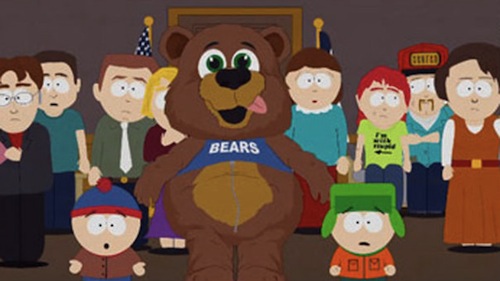
Protestors outside a Scientology center in the UK. According to the church, Xenu was the leader of the Galactic Confederacy, who brought billions of his subjects to Earth in order to kill them with hydrogen bombs; their lingering essences collect on modern-day humans, causing psychological and physical illnesses. Dude, I know.
The New York Times ran a fascinating article about the Church of Scientology this weekend, detailing accusations of abusive practices by church officials and, more interestingly, the “kafkaesque” difficulty of leaving the organization. The article focuses on Chris and Christie Collbran, a married couple who were both raised as Scientologists and subsequently joined Sea Org, the religious order responsible for administering the church. The Collbrans’ personal struggles are illuminating, as is the revelation that—despite a spokesman’s assurance that church membership numbers “millions” in the US and “millions” abroad—the American Religious Identification Survey estimates there are only 25,000 Scientologists in the country. What is perhaps most striking about the article, though, is the realization that the Collbrans were raised in the faith. Scientology markets itself as “the only major religion founded in the 20th century,” and we tend to think of it as a fad that people get into in Los Angeles, like Trader Joe’s or hard drugs. The Collbrans and others like them are a reminder that Scientology is now in its second generation, and a portion of its adherents were raised in the truth of L. Ron Hubbard since childhood. After being paid $17 a week, forced to sign confessions, ostracized by her family and presented with a “freeloader bill” for $90,000, Christie Collbran still believes in Scientology. It’s just the church that’s corrupt, she says. And that, ladies and gentlemen, is how a religion takes hold.
Continue reading




